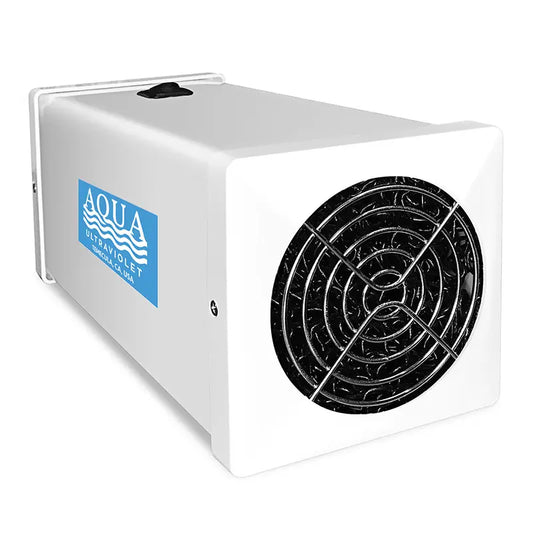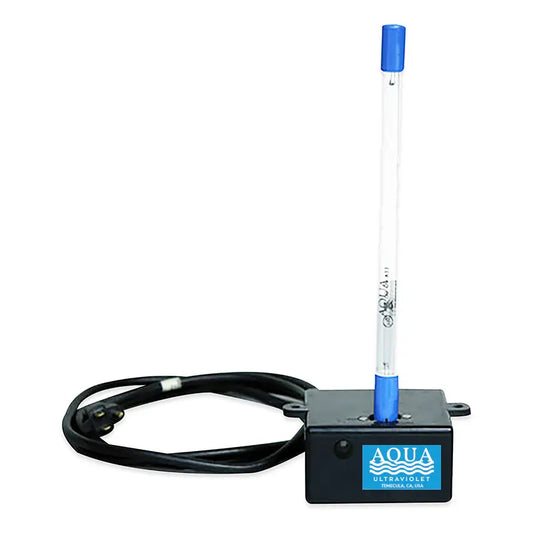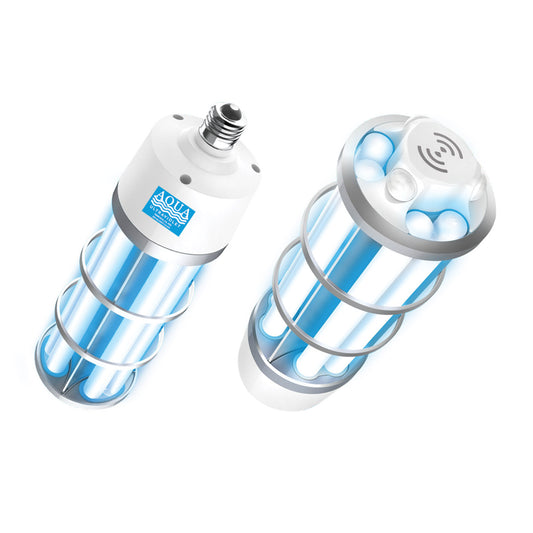
AIR STERILIZERS
Breathe easier and healthier with Aqua Ultraviolet's range of air sterilizers, designed to enhance the air quality in both residential and commercial environments. Our innovative series includes options like the compact plug-in air purifier for single rooms and the powerful whole-home air purifier that connects seamlessly to your air duct system.
Whether you’re looking to address allergens in a bedroom or ensure pristine air throughout your entire home, Aqua Ultraviolet provides reliable solutions. The air duct model is perfect for homeowners seeking a discrete, efficient way to purify air, easily integrating into existing HVAC systems to deliver continuous cleanliness. On the other hand, our standalone units are ideal for targeted use in specific areas, providing flexible and immediate air quality improvements.
Perfect for any setting that demands a clean, safe breathing environment, these air sterilizers are essential for health-conscious individuals. Enhance your living or workspace today by choosing Aqua Ultraviolet—where pure air is a simple plug away.
-
Air Sterilizers
A00775 - Ozone Air Sterilizer
SKU: 617750-00775-0Regular price $685.03Regular priceUnit price / per -
Air Sterilizers
Air Duct 15 Watt Sterilizer
SKU: 617750-71000-6Regular price $480.55Regular priceUnit price / per -
Air Sterilizers
Dynamic Room Air Sterilizer
SKU: 617750-00778-0Regular price $822.50Regular priceUnit price / per
FAQ
What is an air sterilizer and how is it different from an air purifier?
An air sterilizer uses UVC light to kill or deactivate bacteria, viruses, and mold spores in the air. A typical air purifier mainly captures particles like dust or pollen in a filter. Sterilizers neutralize microbes so they cannot spread.
How does a UVC air sterilizer work?
The unit pulls in air, passes it through a sealed chamber with high-intensity UVC light (around 254 nm), which damages microorganisms’ DNA or RNA. The treated air is then released back into the room. The UVC light stays contained for safety.
Is it safe to use around people and pets?
Yes. Because the UVC light is enclosed inside the chamber, there is no exposure to people or animals. These units are designed for continuous operation in occupied spaces.
What room size can it handle?
Select a model that matches your space. For best results, aim for 4–6 air changes per hour. Large or open areas may need a stronger model or more than one unit.
Does it help with mold, viruses, and allergens?
Does it help with mold, viruses, and allergens?
Yes. UVC light inactivates bacteria, viruses, and mold spores. Units with additional filters can also reduce dust, pollen, and other allergens.
How often do I replace the lamp or filters?
Most UVC lamps need replacement once a year or after about 8,000–10,000 hours of use. Filters usually need changing every 3–6 months depending on air quality.
Will it affect temperature, humidity, or noise levels?
Air sterilizers do not change humidity or temperature. Most operate quietly at about 40–50 decibels, similar to a quiet fan.
Are they energy-efficient for long-term use?
Yes. Most models use about as much electricity as a small household appliance, making them cost-effective to run continuously if needed.



